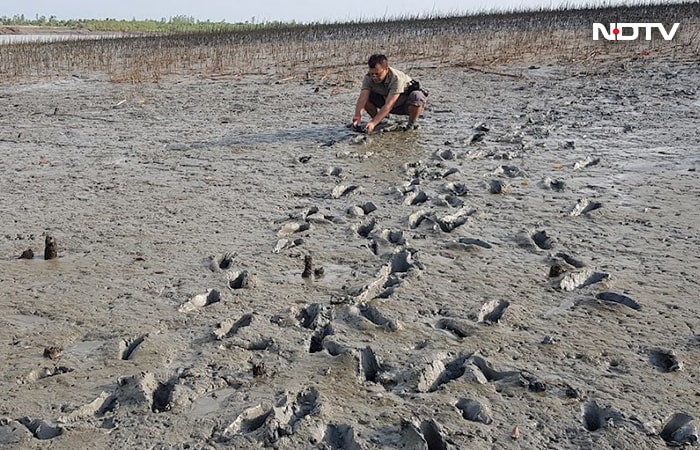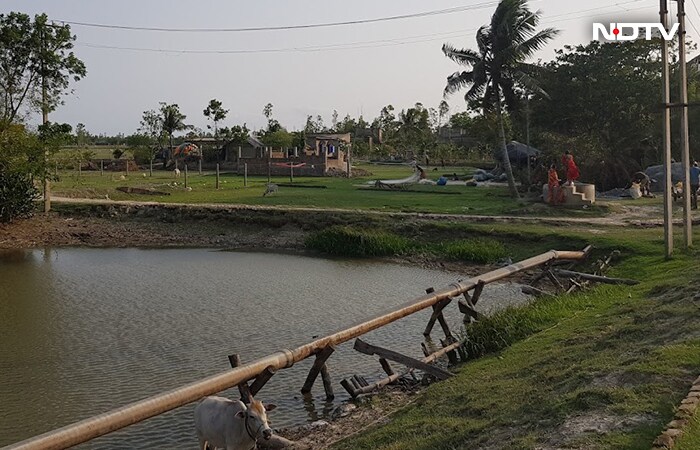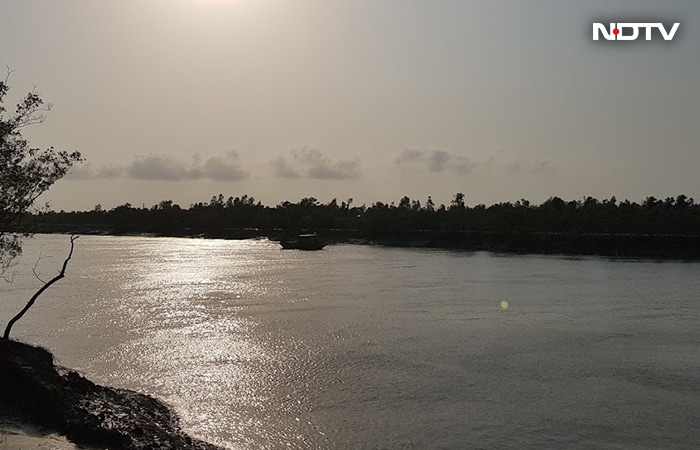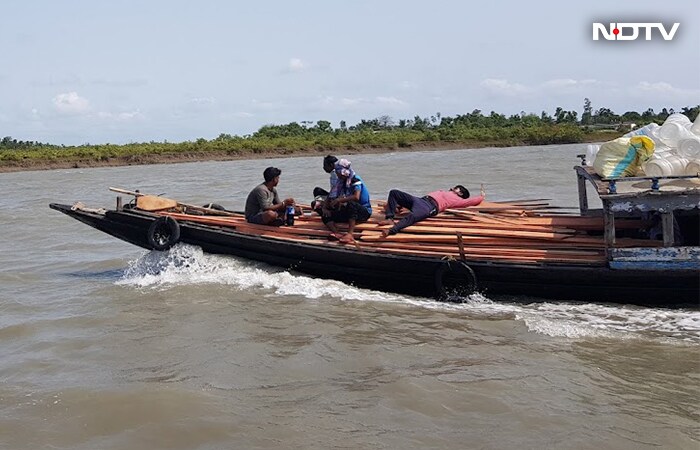World Environment Day 2022: Sundarbans – The Land Of Tigers Faces Threats By Climate Change
The Sundarbans - lies on the delta of the Ganges, Brahmaputra and Meghna rivers on the Bay of Bengal. According to the World Wildlife Fund India, this active delta region is among the largest in the world, measuring about 40,000 sq km.
A UNESCO World Heritage Site, Sundarbans is one of the world's largest contiguous mangrove forest spread over an area of 10,000 square kilometers, 60 per cent of which lies in Bangladesh and the rest in India. According to Sundarban National park India Official website, the 4000 sq. km of Sundarbans is on the Indian side has 102 islands, out of which 54 are inhabited and the rest are covered with forest.


Home to the endangered Royal Bengal Tiger, it is the only mangrove tiger habitat in the world. According to World Heritage Convention (UNESCO), apart from the tiger, some of the other threatened species of the area are estuarine crocodile, Gangetic Dolphin, Olive Ridley Turtle and Water Monitor Lizard.


Due to the lack of availability of freshwater in Indian Sundarbans, species like Sundari, which used to be dominant specie, is disappearing. Gradually, all fresh water loving mangrove species are now getting replaced with the ones that can withstand salinity. According to World Wildlife Fund, four islands have vanished in Sundarbans due to the effects of climate change in the last 25 years - Bedford, Lohachara, Kabasgadi, and Suparibhanga. Lohachara became well-known as the world's first inhabited island to be submerged in 2006.

















